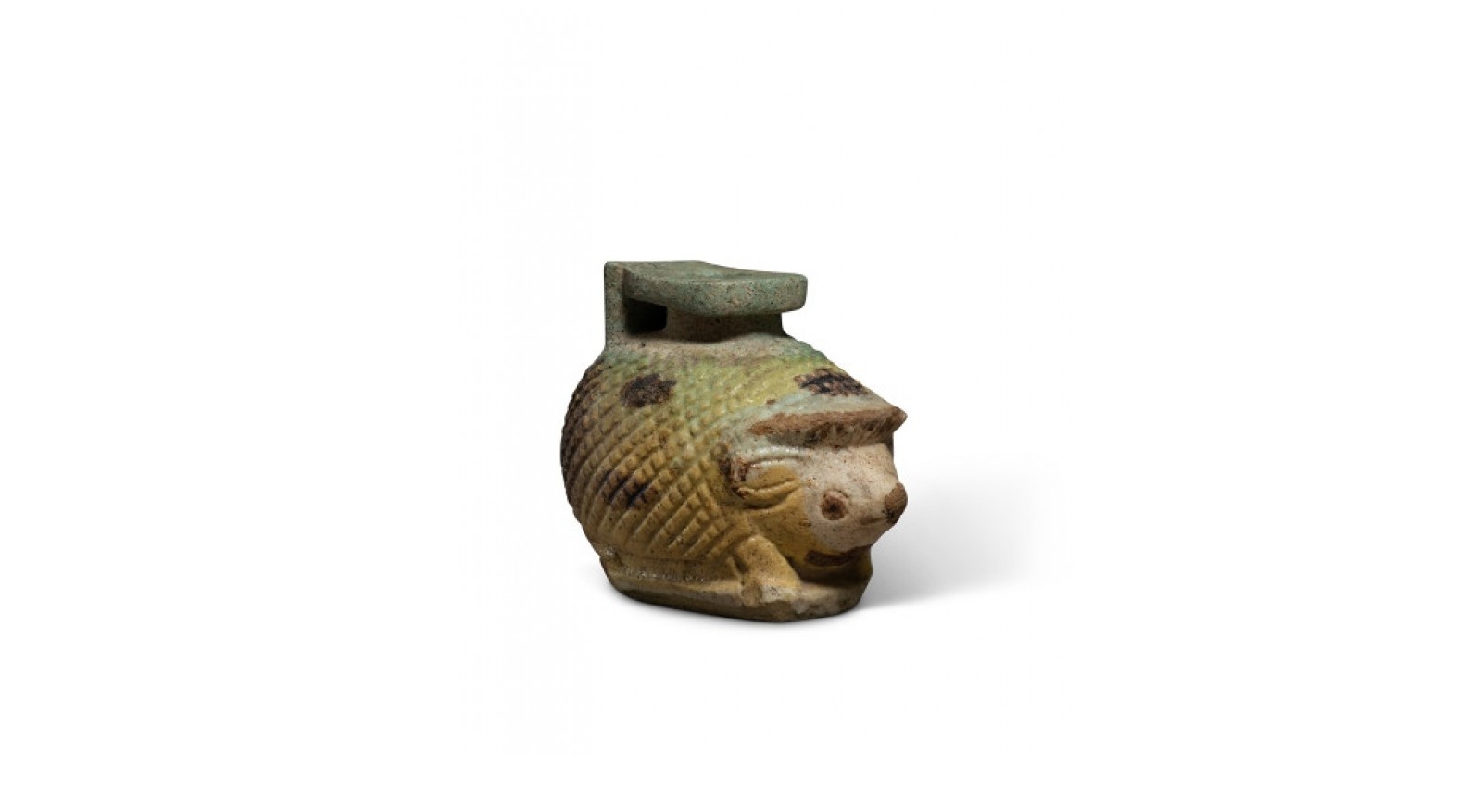
At this time of year children's minds turn towards Halloween and its sickly overload of sweets. But in the UK there is another tradition on the horizon - Guy Fawkes, or Bonfire Night: the time of year for building bonfires, setting off fireworks and eating sausages, baked potatoes and toffee apples.
Bonfires are often constructed over several days, even weeks, so it is really important to check your bonfire for hibernating HEDGEHOGS before setting it alight.
The UK population of these most endearing creatures has hit a nadir over recent years, and their numbers continue to fall in a steep decline. Their charm has delighted people for thousands of years, across societies as diverse as Mesopotamia, ancient Greece and Egypt. Their imagery is often imbued with magical attributes, and their presence seen as protective. So it’s only right that we in turn protect them to ensure they continue to captivate people for thousands of years to come.
This aryballos (perfume vessel) was featured in a mailout to all our clients last May and it sold within seconds to the Staatliche Antikensammlungen und Glyptothek in Munich, much to the distress of a good half dozen others!
Greek hedgehog aryballos
Rhodes, c.600-550 BC
Faience
Length: 5cm
Mould-made aryballos in the form of a hedgehog, the yellow/blue/green glaze having added dashes of black, whilst the face is white with the nose and eyes detailed in black. His large rounded ears protrude at right angles to his face, and lie flat against his body. The cross-hatched surface represents the spines. The base is a little rounded at the edges and flat underneath. Handle and lip made up.
Provenance:
Maurice Bouvier, Alexandria, Egypt; exported to Switzerland 1959, thence by descent
Staatliche Antikensammlungen und Glyptothek München, Germany; acquired from Charles Ede in 2020